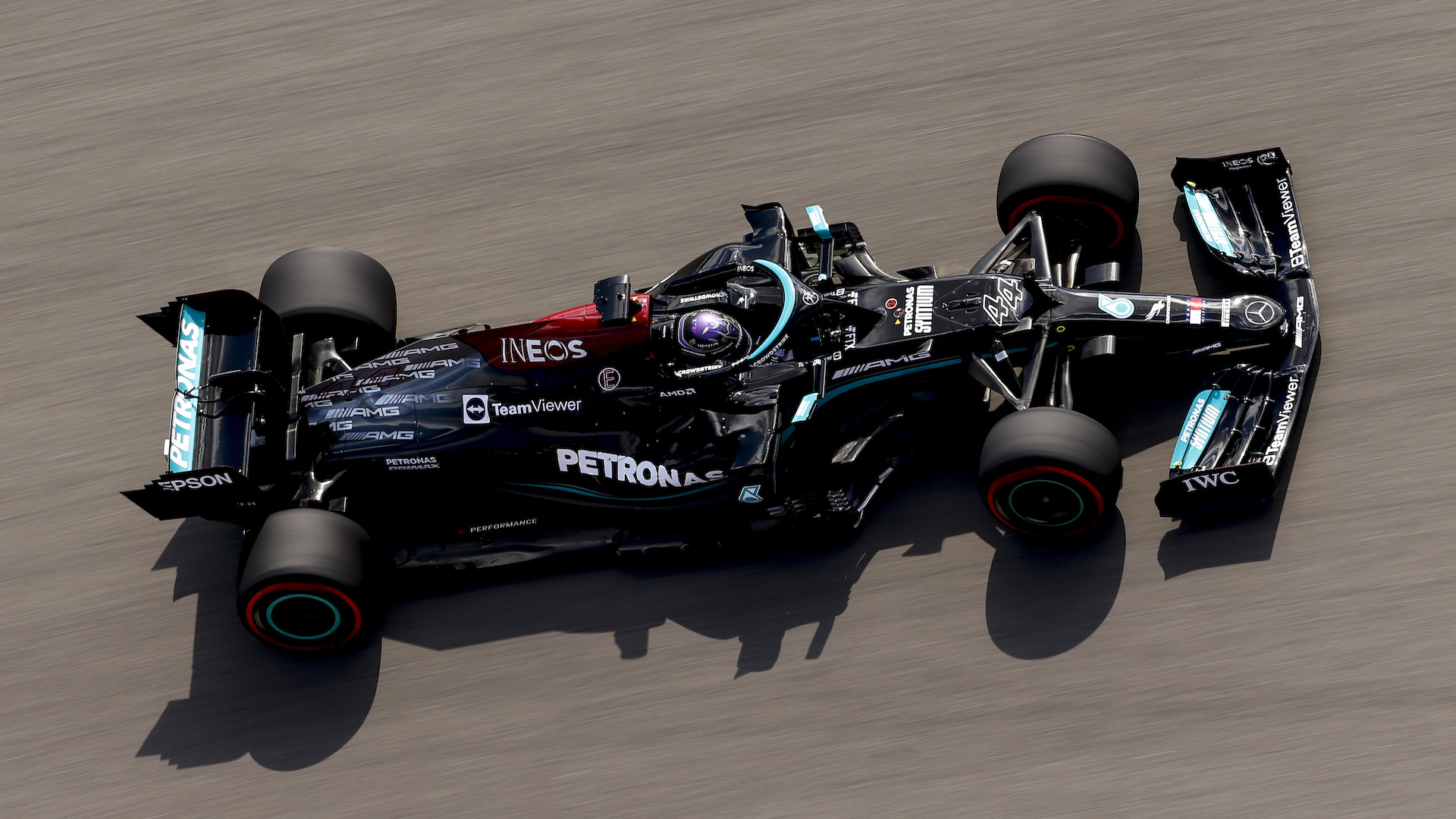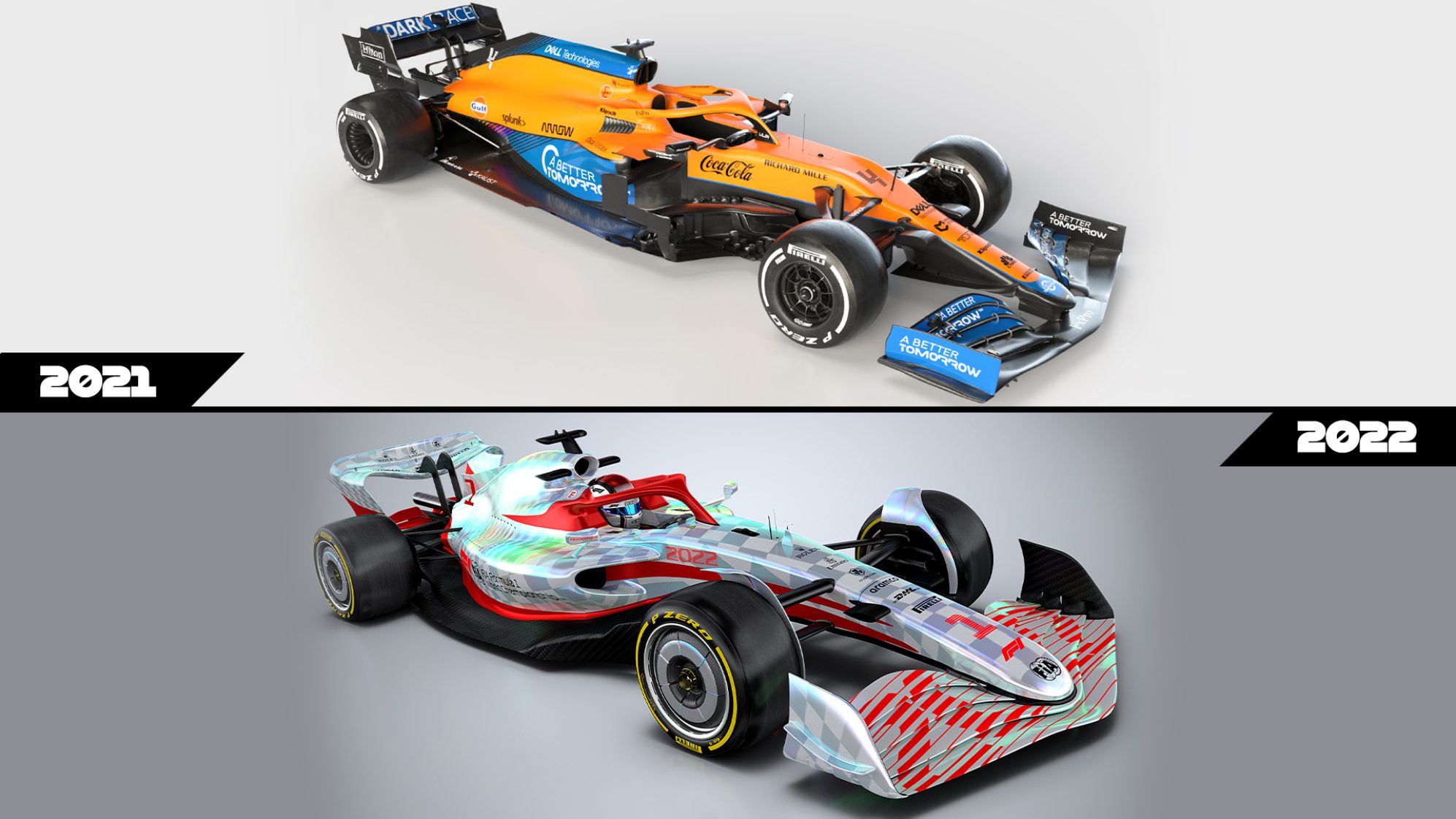

As Formula One’s next generation of ground effect-enabled cars near us, attention is starting to shift to the horizon, where another iteration of F1 cars looms. Come 2026, F1 will have another new set of cars, possibly with new engines, and a further refined formula for their chassis. That, according to F1’s Managing Director of Motorsports Ross Brawn, could be a chance to make F1 cars smaller again—though not necessarily any lighter.
“We think with the spec that’s evolving for ’26 there’ll be a very real chance of having a more compact car,” Brawn told RaceFans. “As you know, we’re looking at a new power unit for 2026, and a new car will go with it, and that’s some of the primary objectives: Can we save weight, which is challenging with a hybrid car and with the safety initiatives we’ve got on the cars these days; can we have a lighter car? Certainly can we have a smaller car, we believe we can.”

Car size and weight have long been stipulated by the technical regulations, and have only recently begun to get out of control. In 2017, F1 widened its cars from 70.8 inches (1.8 meters) to 78.7 inches (two meters), reverting to pre-1998 width, and picking up 13.2 pounds (six kilograms) to account for wider tires.
The biggest changes recently, however, have been to cars’ lengths. Teams have elongated their cars to fit the bulky, complex hybrid drivetrains, and in Mercedes-AMG’s case, plied long wheelbases to efficiently generate downforce. That has apparently stretched the 2021 Mercedes-AMG W12‘s length to 46.2 inches—nearly four feet—longer than the 2005 championship-winning Renault R25, and about two inches longer than the 2022 Mercedes-Benz EQS.

Weight-wise, cars have been on a steady upward creep since before 2014, when minimum weight ballooned 105.8 pounds to 1,521 pounds to accommodate the new hybrid engines and the refueling prohibition. This trend will only continue in 2022, which will see F1 cars pick up another 88.2 pounds to accommodate larger wheels and tires, for a new, all-time high minimum weight of 1,746 pounds.
RaceFans reports this will make cars up to two seconds slower per lap, though perhaps more consequentially, the extra mass means contact incidents could be more consequential. So, if Hamilton and Verstappen go at it again next year as they have in 2021, we can expect to see the sparks really fly.
Got a tip or question for the author? You can reach them here: james@thedrive.com